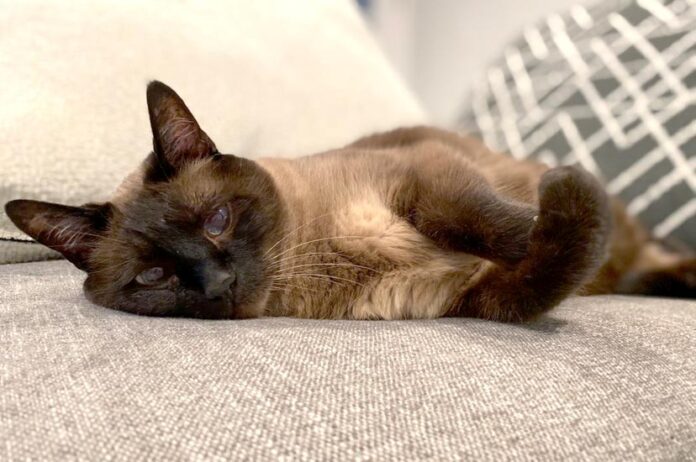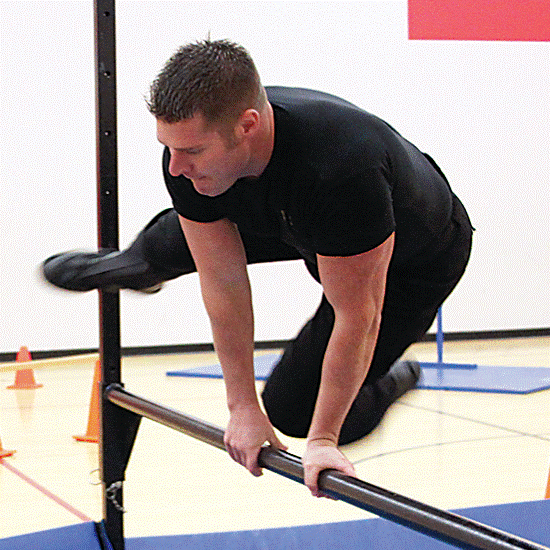How is your senior pet really doing? My Siamese Clive celebrated his sweet sixteen in February. While he has been considered a senior citizen for a few years now, something about this monumental birthday really resonated with me. My fur baby is no longer a kitten. Clive is currently doing well at this life stage. Yes, he prefers to take longer naps, some extra vocalizing, and arthritis from a life well-lived shows in his steps, but he is aging gracefully.
I partner with his veterinarian on his care, including 6-month wellness exams and routine blood work. His veterinarian’s job is to notice changes on physical evaluation and any fluctuation of values from lab work. Mine is observing changes at home. Even though I work in the veterinary field, it can be difficult to see subtle changes day in and day out, leading to reduced quality of life. A slight decrease in appetite, less interest in grooming, or no longer traveling upstairs as often can be small changes in behavior that affect quality of life.
One of the helpful tools I recommend to owners with senior pets is the HHHHHMM scale. Once I realized Clive’s mobility had decreased from a 10 to more of a 7, a ramp was purchased for access to his favorite resting spot on the couch, glucosamine supplement added to his food, and we have gabapentin for those days he overexerts himself.
Using a scale of 0 to 10 (0 = Unacceptable, 10 = Excellent), patients can be evaluated for their quality of life. In cases where owners may be considering if euthanasia is the next step, a total of >35 points is an acceptable quality of life for pets.
0-10 Hurt – Is the patient in pain, including distress from difficulty in breathing? Can the pet’s pain be successfully managed?
0-10 Hunger – Is the pet eating enough? Does hand-feeding help? Does the pet require a feeding tube?
0-10 Hydration – Is the pet dehydrated? Are subcutaneous fluids once or twice daily enough to resolve the problem? Are they well-tolerated?
0-10 Hygiene – The pet should be kept brushed and clean, particularly after elimination.
0-10 Happiness – Does the pet express joy and interest? Is he responsive to things around him (family, toys, etc.)? Is the pet depressed, lonely, anxious, bored, or afraid? Can the pet’s bed be near the kitchen and moved near family activities to minimize isolation?
0-10 Mobility – Can the pet get up without assistance? Does the pet need human or mechanical help (e.g., a cart)? Does she feel like going for a walk? Is she having seizures or stumbling?
0-10 More Good Days than Bad – When bad days outnumber good days, the pet’s suffering is appreciable and quality of life might be too compromised.




















